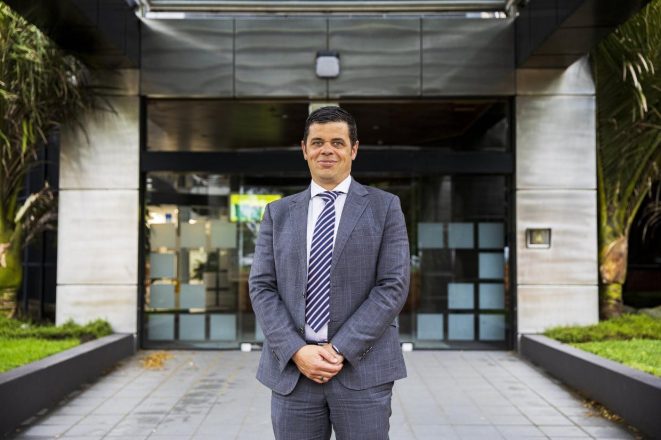Người đứng đầu Hội đồng Quận New Plymouth, Gareth Green, đã chia sẻ khoản tiết kiệm từ việc tái cấu trúc nhân viên kéo dài một năm. Ban đầu, hội đồng đặt mục tiêu tiết kiệm 20 triệu đô la mỗi năm, nhưng bây giờ họ hy vọng sẽ tiết kiệm được 10 triệu đô la.
Kể từ khi tái cơ cấu bắt đầu, họ đã giảm vị trí nhân viên từ 750 xuống còn 677, cắt giảm 7 triệu đô la từ ngân sách. Tổng cộng 209 vị trí cố định đã bị loại bỏ, dẫn đến 66 việc làm mất và chi phí thôi việc khoảng 1,89 triệu đô la trong hai năm.
Green nói rằng sẽ có nhiều khoản tiết kiệm chi phí hơn khi họ tập trung vào việc cải thiện hoạt động, bao gồm giảm chi phí cấp phép và nhà thầu. Ông lưu ý rằng những khoản tiết kiệm này đã giúp giảm mức tăng lãi suất trung bình từ hơn 17% xuống 11,5%.
Mục tiêu của đánh giá này là cung cấp các dịch vụ tốt hơn cho cư dân và đảm bảo hội đồng có các nguồn lực và kỹ năng phù hợp. Green cảm thấy tổ chức hiện được trang bị tốt hơn để đạt được mục tiêu của mình.
Khi ông tuyên bố tái cơ cấu, ông chỉ ra rằng số lượng nhân viên đã tăng rất nhiều trong hai năm qua. Ban đầu, anh hy vọng tiết kiệm 20 triệu đô la, nhưng sau đó điều này đã được điều chỉnh thành 10 triệu đô la.
Kế hoạch dài hạn của hội đồng bao gồm cam kết tiết kiệm 100 triệu đô la trong mười năm. Green ca ngợi nhân viên vì sự chuyên nghiệp của họ trong thời gian đầy thử thách này đối với họ và gia đình của họ. Đội ngũ lãnh đạo điều hành đã thay đổi đáng kể, chỉ có Jacqueline Baker tiếp tục đảm nhận vai trò mới là tổng giám đốc đổi mới công ty.






























































